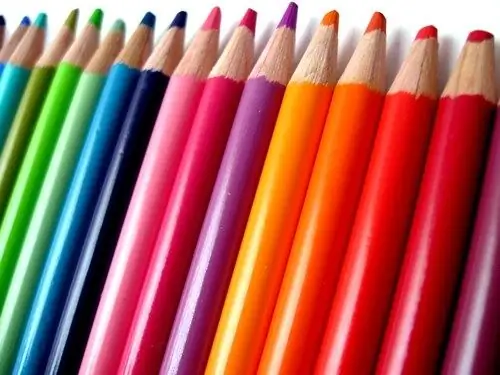Drawing is great for developing imagination and creativity. You can learn this at any age. To do this, you only need your desire and interesting ideas for drawings.

It is necessary
- - paper;
- - a simple pencil;
- - eraser;
- - crayons or watercolors and a paintbrush.
Instructions
Step 1
Think about how you want your image to be. If you are just starting to paint, you should not choose complex architectural compositions. Start with simple houses and streets.
Step 2
Compose your composition. You need to determine how you will position the buildings and structures in the drawing. Before proceeding directly to the main process, mentally create a hollow composition or make a small sketch on a separate sheet of paper. Remember that any drawing should convey some idea and create a certain mood. Try to put your feelings and thoughts on paper. It's much easier than it sounds. Choose such images and outlines that will be combined with each other and add up to a general image. Trust your instinct and intuition.
Step 3
Determine which side the light will come from in your drawing and what tones you will use in your artwork. The general scale will unite several parts into one whole, and contrasts will create a certain expressiveness in the drawing.
Step 4
Draw the main parts of your drawing with a simple pencil. Use light strokes at first so that the outline can be easily adjusted. To facilitate the task, you can conditionally divide the sheet into sectors. Then you will keep the main idea and not break the proportions. When you are happy with the result, outline the outlines of the houses with sharper pencil lines.
Step 5
Draw smaller details such as lights, sidewalk, trees. You might want to include people in your drawing. Then sketch out their silhouettes. Make sure that the composition is composed harmoniously. Do not overload one side of the drawing, if it is not its center, because it takes some skill and skill to create a drawing from such a vantage point. Start with a simpler one - place the main objects in the center or evenly across the sheet.
Step 6
Circle the good strokes with clear lines and erase the unnecessary. Add colors to the picture. You can use colored pencils or watercolors for this. If you choose paints, keep in mind that they must be mixed on a special palette before applying to paper.






